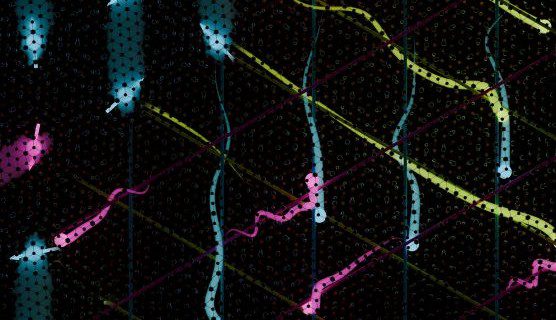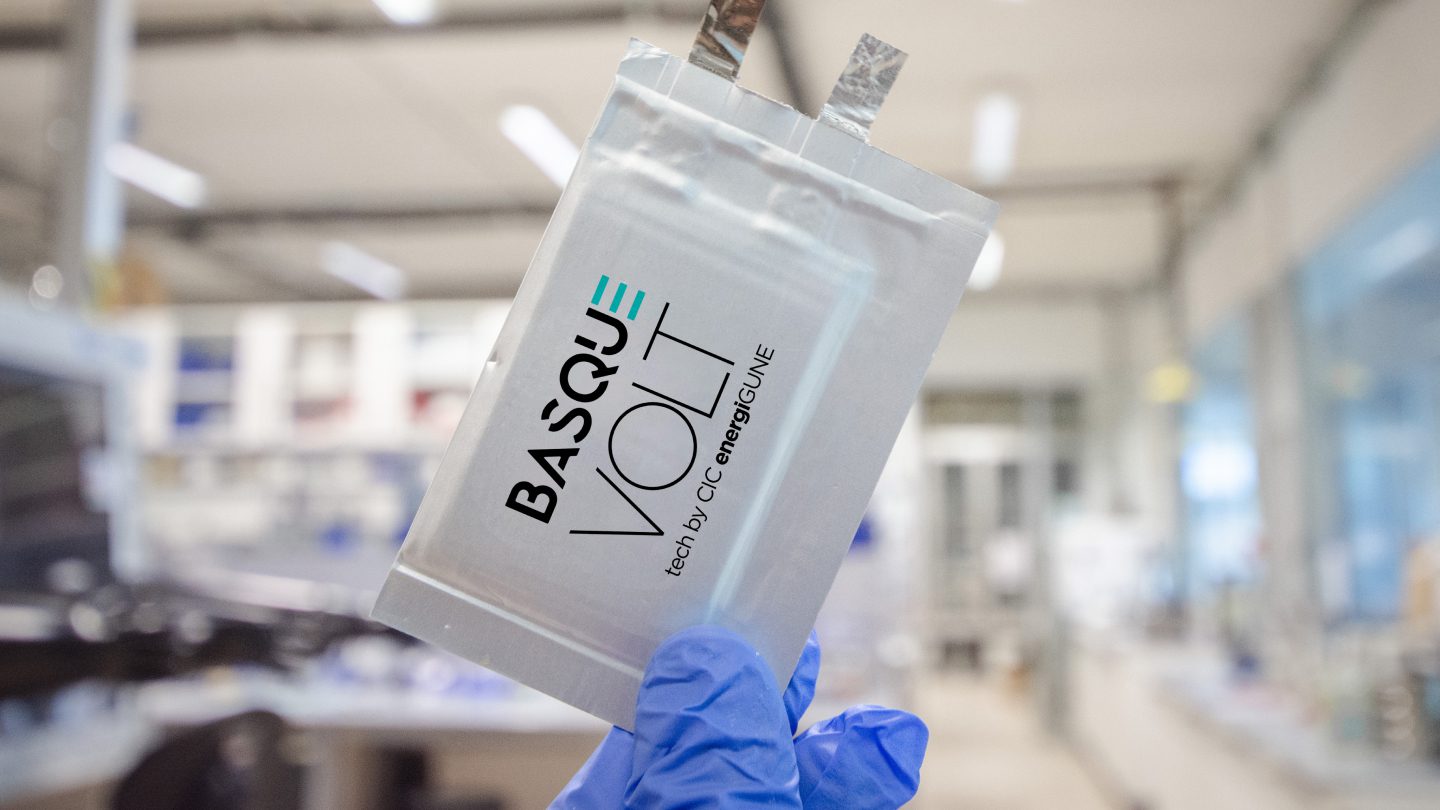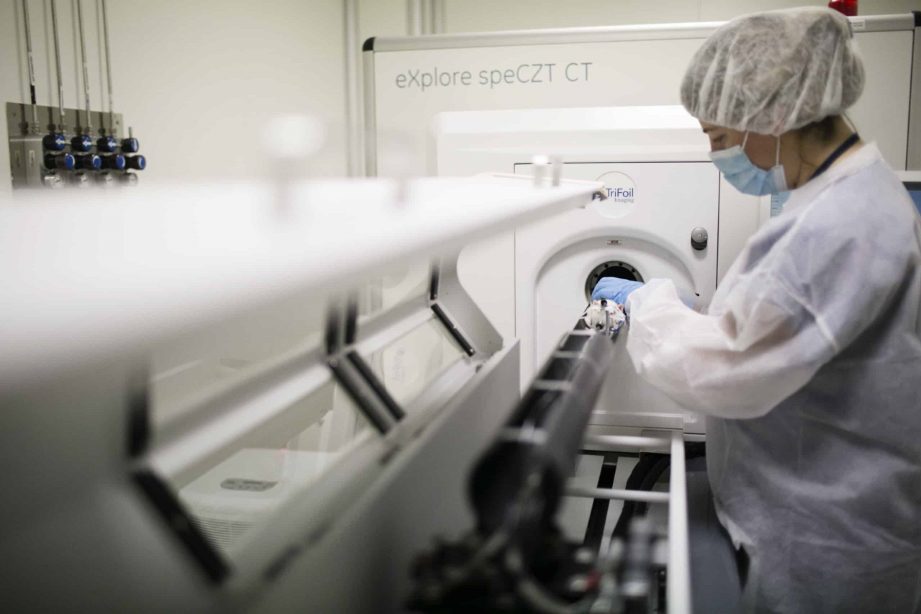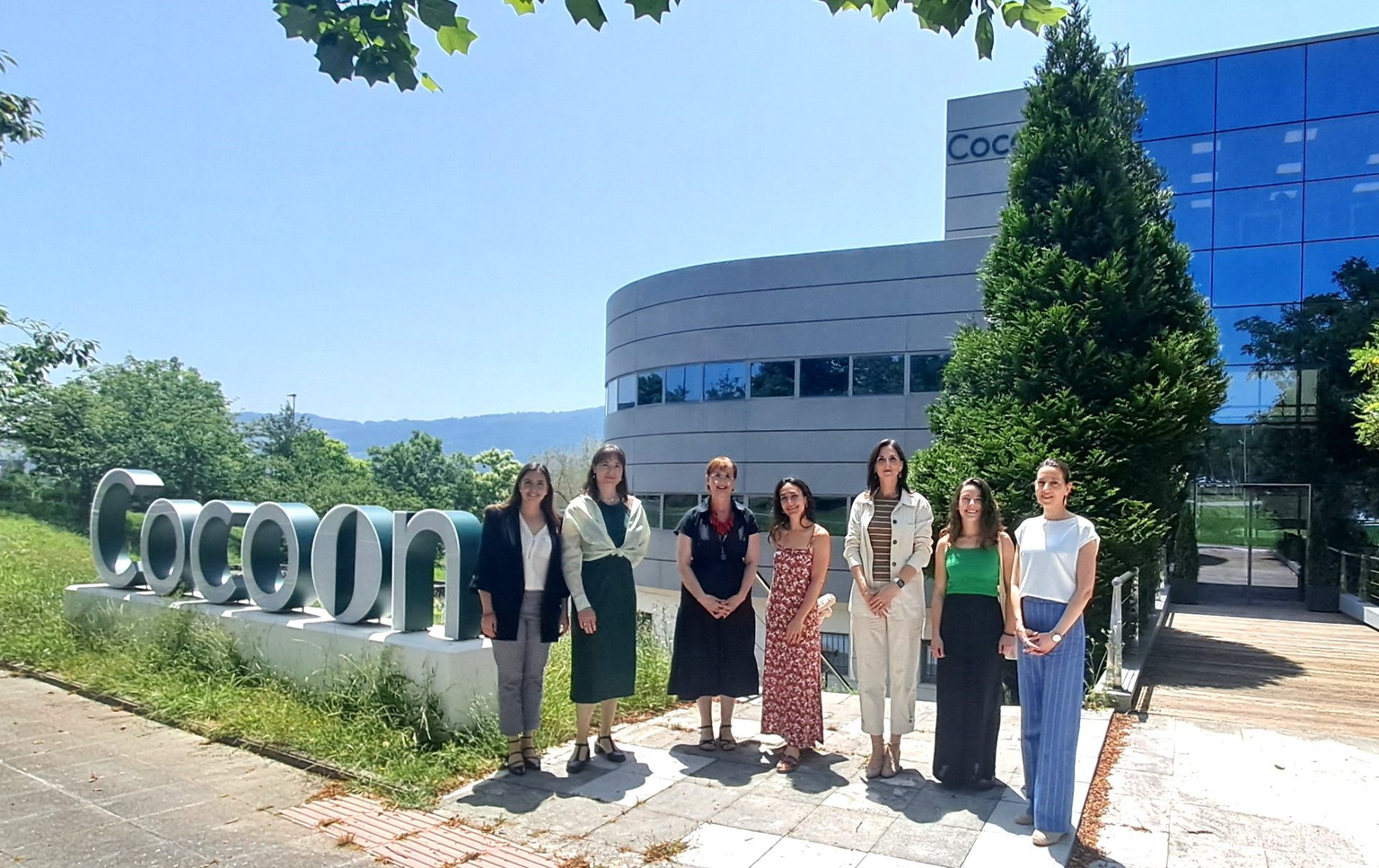CIC energiGUNE to transform plastic waste into clean hydrogen
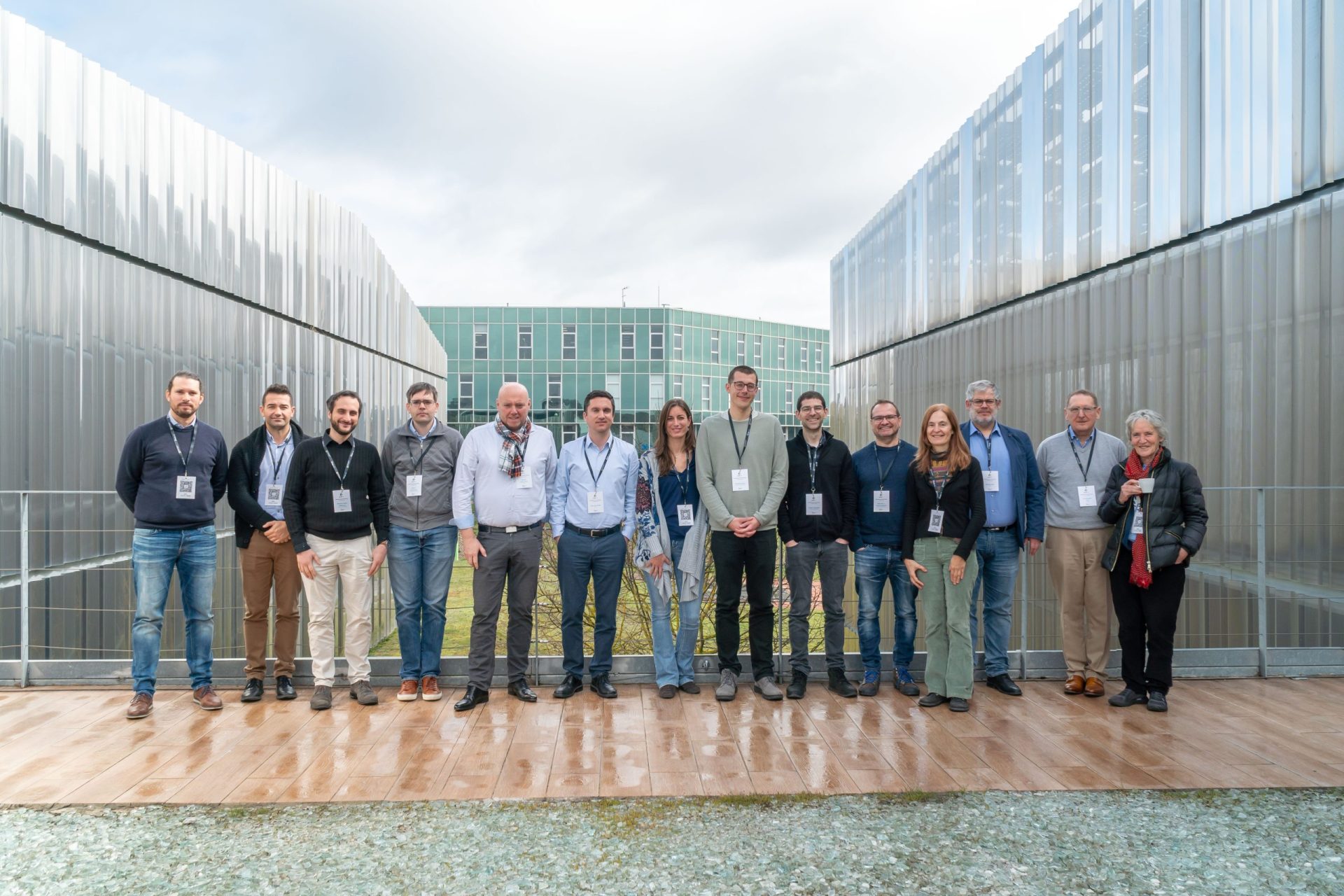
The Basque research centre is leading the European WASTE2H2 project, funded by the European Commission’s EIC-Pathfinder-Open programme, which will help to combat the pollution problems generated by plastic waste through its intelligent recovery by transforming it into clean hydrogen and decarbonised materials.
The CIC energiGUNE headquarters on the Vitoria-Gasteiz Campus of the Euskadi Technology Park today hosted the launch meeting for this project, in which, in addition to the Basque centre, the Friedrich-Alexander-Universität Erlangen-Nürenberg (FAU) and the Ecole Nationale Supérieure de Chimie de Paris (i-CLeHS) are participating, as well as the companies IoLiTec and SENER Ingeniería y Sistemas, together with Sener Mobility as an affiliated entity.
CIC energiGUNE, a leading Basque research centre in electrochemical and thermal energy storage and conversion, and hydrogen technologies, has begun work on the development of an innovative method for the valorisation of plastic waste into clean hydrogen and high added-value carbon materials with zero net emissions. The research is part of the European WASTE2H2 project, which combines the recovery of plastic waste – responsible for one of the planet’s biggest pollution problems – with the decarbonised production of clean hydrogen and carbon materials.
“This project will allow us to provide a multi-impact response to some of the most important challenges currently facing society and the planet, such as the management of plastic waste that threatens our natural ecosystem or the generation of clean energy”, said Eduardo J. Garcia-Suarez, IKERBASQUE Associate Researcher and Principal Investigator of CIC energiGUNE in the WASTE2H2 project.
In this regard, it is worth mentioning that the project has been funded through the European Commission’s EIC-Pathfinder-Open call for 2023, through which 53 projects have been funded out of more than 780 proposals submitted. The WASTE2H2 project was ranked 19th in the main funding list, which shows its projection and impact expectations.
Specifically, WASTE2H2 proposes the development of a disruptive methodology that combines the development of innovative catalytic systems based on ionic liquids with microwave irradiation. This opens the door to the selective production of clean, high-purity hydrogen as well as valuable decarbonised chemicals – carbon materials such as e.g. activated carbon or carbon nanotubes – using plastic waste as feedstock. “It is a way to address both the environmental problem caused by plastic waste and the need to generate clean energy and thus contribute to combating global climate change,” said Eduardo J. Garcia-Suarez.
In this sense, the entities participating in WASTE2H2 -which held the project launch meeting today in Álava- envisage significant advances compared to other proposals for managing plastic waste and generating clean hydrogen. These include the use of a one-step method (powered by renewable electricity) for the catalytic deconstruction of plastic waste; the rapid generation of high purity hydrogen; the production of recoverable carbon material as a unique co-product (with easy recovery for commercialisation); the significant reduction in energy consumption due to microwaves; and the potential for cost reduction in the generation of clean hydrogen thanks to the commercialisation of the co-produced carbon material.
As noted at the launch meeting, some 300 million tonnes of plastic are produced worldwide annually and only a small percentage – less than 9% according to the United Nations Environment Programme – is recycled. 12% is incinerated and 12% is recycled. Twelve percent is incinerated and the remaining 79 percent generates major pollution problems, making WASTE2H2 a tool with enormous potential to contribute to an effective and lasting solution to the problem caused by plastic waste.
In fact, it was mentioned at the meeting that there are already different ways of recovering plastic waste. These include chemical recycling, such as pyrolysis or gasification, which are very interesting as they make it possible to obtain raw materials and/or energy for industry, but most of these solutions are not very selective, not economically viable or difficult to implement. In this context of chemical recycling, the WATSE2H2 proposal, combining innovative catalytic systems with microwave irradiation, has the potential to produce relatively simple, one-step and selectively clean hydrogen at low cost and a carbon material with multiple applications.
The WASTE2H2 project is coordinated by CIC energiGUNE with the participation of Friedrich-Alexander-Universität Erlangen-Nürenberg (FAU), the Ecole Nationale Supérieure de Chimie de Paris (i-CLeHS), as well as the companies IoLiTec and SENER Ingeniería y Sistemas, with Sener Mobility as an affiliated entity.
